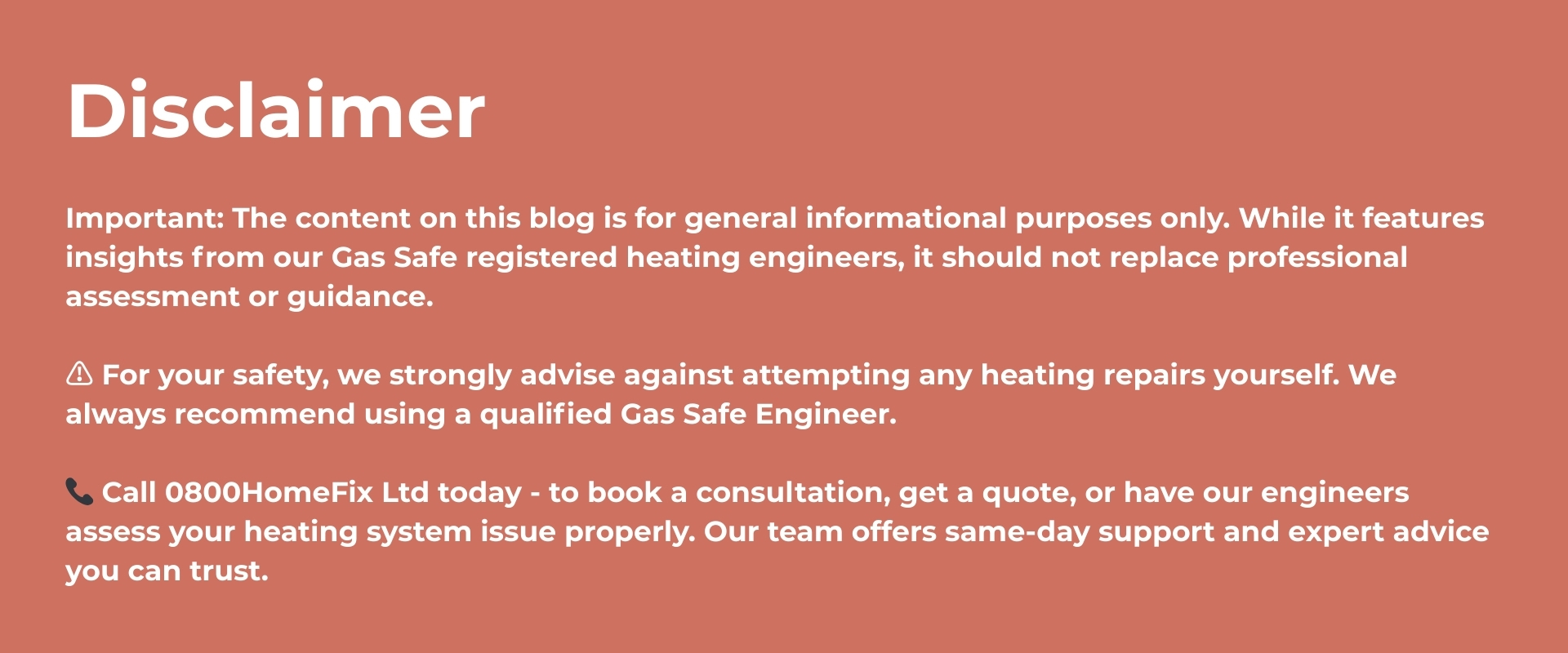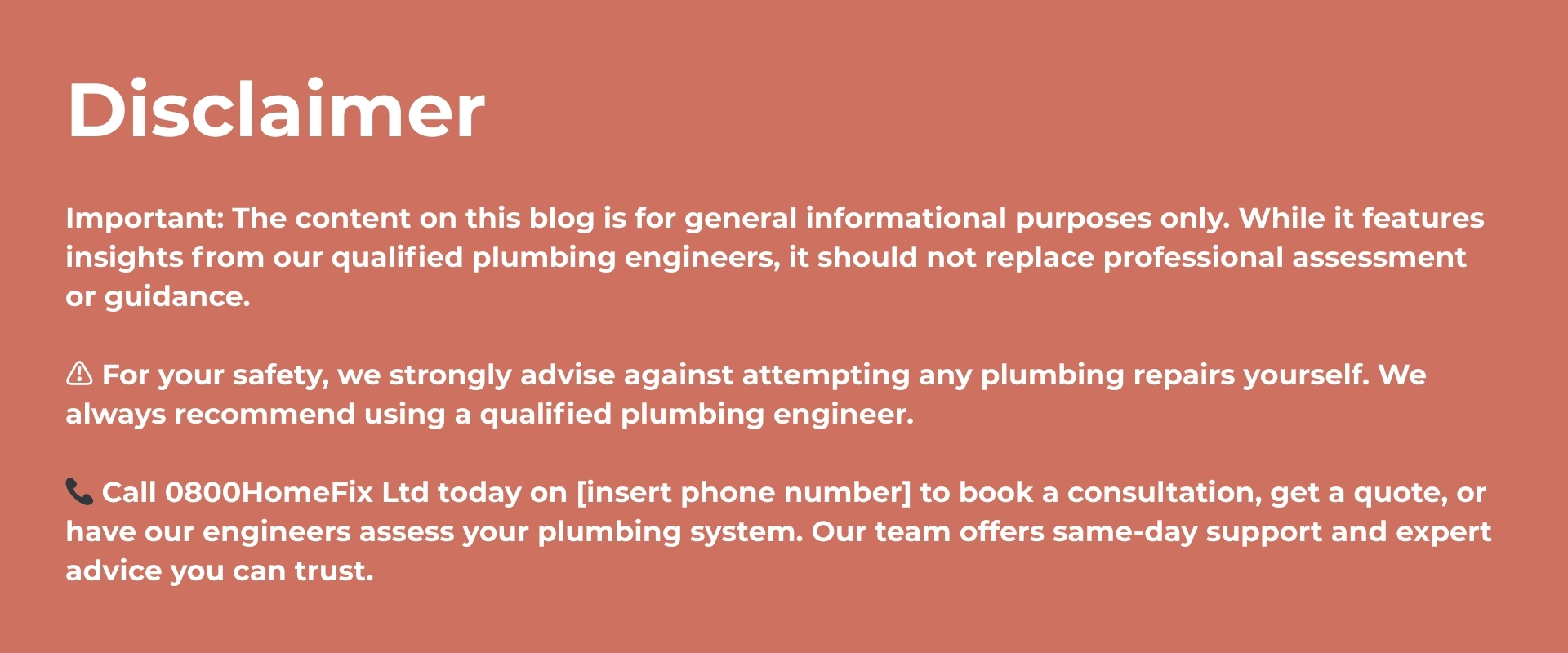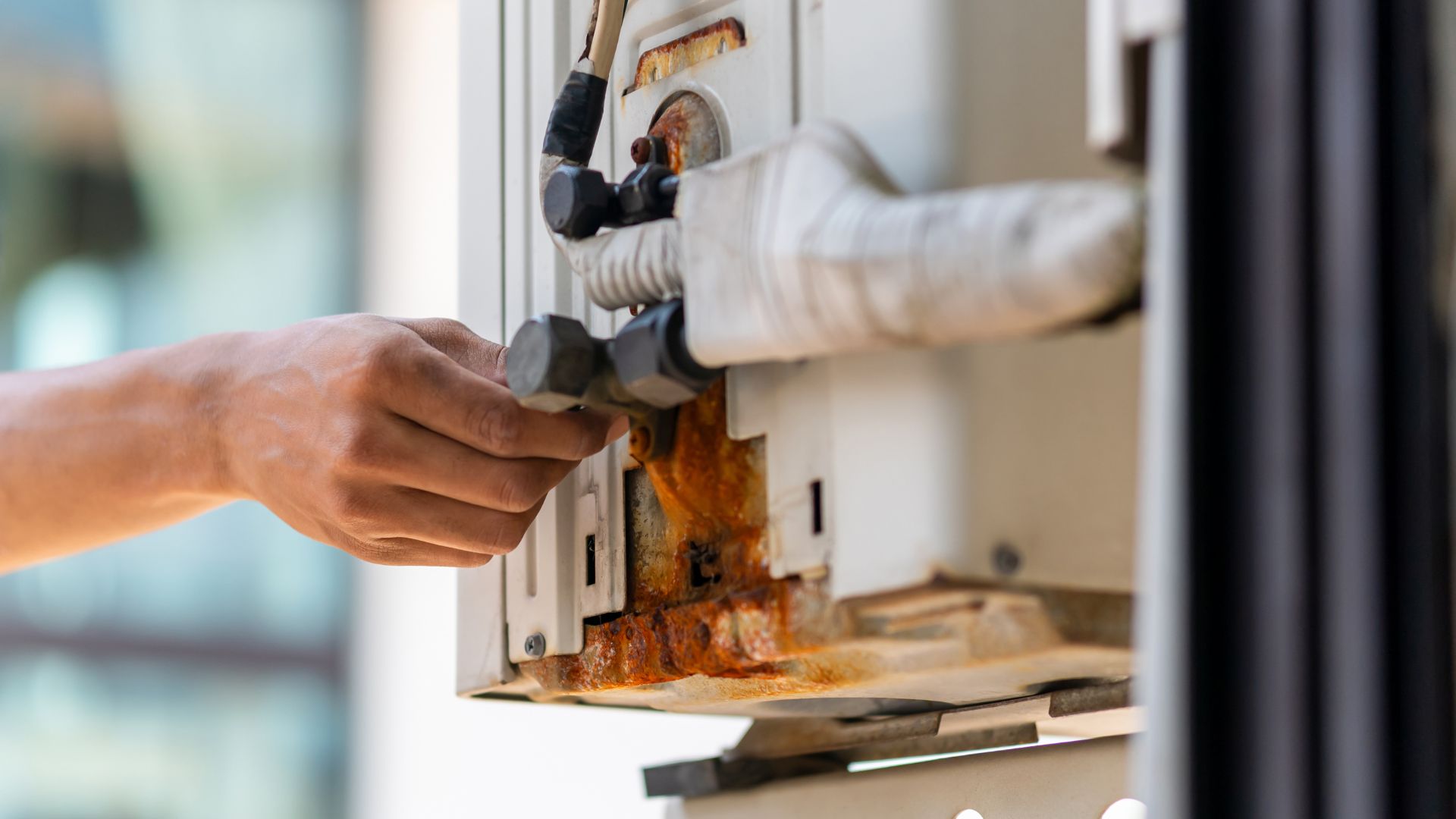

When faced with a hidden water leak, many homeowners are unsure of the next steps. One of the most critical components in resolving such issues is a trace and access inspection. This guide outlines what to expect during the process, the tools professionals use, how it ties into your home insurance claim, and how 0800 Homefix can support you every step of the way. For details about our services, visit our trace and access page.
What Is Trace and Access?
Trace and access refers to the method of identifying the source of a hidden water leak and accessing it with minimal disruption. This is typically required when a leak is suspected behind walls, under floors, or in ceilings and needs precise identification before repairs begin. It is especially helpful in identifying undetected leaks, preventing further damage, and providing the necessary evidence for an insurance claim.
Most buildings insurance policies offer trace and access cover, which pays for locating the leak and any damage caused during this process. However, the actual repair of the leaking pipe may not be included unless specifically stated in your insurance policy.
According to the Association of British Insurers, escape of water is one of the most common causes of domestic insurance claims in the UK.
Step-by-Step Guide: What Happens During a Trace and Access Inspection
Step 1: Initial Assessment and Consultation
The process begins with a thorough discussion of the symptoms you’ve noticed whether it’s a damp patch, an unusually high water bill, or a sudden drop in water pressure. The inspector gathers details such as:
- Property layout and plumbing history
- Prior leak repairs or roof leaks
- Recent changes to the plumbing system or central heating systems
Step 2: Non-Invasive Leak Detection
The next step involves advanced non-invasive technologies to pinpoint the leak’s location:
- Thermal imaging cameras: Identify temperature variations caused by hidden moisture or escaping hot water. Learn more about thermal imaging from FLIR.
- Moisture meters: Measure levels of moisture in walls, ceilings, and floors.
- Acoustic sensors: Detect sounds of dripping or running water behind surfaces.
- Tracer gas and dye testing: Used to trace leaks in water or heating pipes with pinpoint accuracy.
- This process is efficient and designed to cause minimal damage while locating hidden water leaks.
Step 3: Confirming the Leak Source
Once signs such as moisture presence, damp or water leak detectors indicate the area, technicians will isolate the affected area. If necessary, a small access point will be created to inspect visually or use a borescope camera to confirm the source.
Technicians will also check nearby crawl spaces, roofing systems, or drainage systems, depending on where the leak is suspected.
Step 4: Documentation for Insurance Claim
After identifying the issue, the team provides a detailed report that includes:
- Photos of the leaking pipe or area
- Moisture readings
- Equipment used (e.g., thermal images)
- Recommendations for repair
- Statement of urgency to help with property insurance claims
This documentation is essential when dealing with your insurance company. It supports your trace and access claim and gives you a stronger chance at a fair settlement.
Citizens Advice offers useful information about dealing with insurance claims.
Step 5: Recommendations and Repair Guidance
While trace and access cover typically includes the cost of locating and accessing the leak, the repair of the actual damage is another matter. At this point, you’ll receive:
- Cost estimates for repair
- Referrals to trusted plumbers or repair specialists (if not already covered)
- Guidance on preventative measures such as how to insulate exposed pipes or monitor your water meter for signs of new issues
If required, we can assist in filing the access claim with your home insurance provider and provide ongoing support during the claims process.
Why Is Trace and Access Important?
Leaks behind walls or floors can cause structural damage, create mould, and lead to significant damage over time. Many home insurance providers require professional leak detection before approving a claim, making trace and access a critical first step.
It’s also useful for identifying issues early leak issues in central heating systems, underground pipes covered by your policy, or roof damage that might otherwise go unnoticed.
Does Your Insurance Cover Trace and Access?
While many policies include access cover, this can vary. It’s important to check if your home insurance covers trace and access, especially for:
- Roof leaks
- Leaks under private land
- Severe problems from old or poor maintenance
- Any property insurance claim related to hidden leaks
According to MoneyHelper, trace and access might be listed under “buildings insurance” and may not automatically apply. Speak with your insurance provider about whether they include full trace and access. If not, it may be worth considering adding this as an upgrade.
Preventing Future Leak Issues
The goal of trace and access is not only to resolve current leaks but also to prevent future issues. Tips include:
- Conduct regular inspections of your plumbing
- Insulate pipes during colder months
- Monitor for moisture intrusion or damp patches
- Schedule professional maintenance for central heating systems
- Avoid poor DIY repairs or electrical appliances near water lines
Preventative maintenance can reduce repair costs, avoid unnecessary access insurance claims, and protect your home.
WaterSafe UK offers further guidance on avoiding water damage through proper plumbing practices.
How 0800 Homefix Can Help
At 0800 Homefix, we specialise in professional trace and access inspections using state-of-the-art tools like thermal imaging and moisture monitoring. Our expert team provides:
- Fast, accurate detection of hidden leaks
- Clear documentation for your insurance company
- Support throughout your home insurance claim
- Trusted professionals to carry out repairs if needed
We take pride in helping our clients protect their homes from extensive damage while ensuring peace of mind throughout the process.
FAQ
What does trace and access cover mean?
It covers the cost of finding the source of a leak and any damage done while accessing it. It’s often essential in making successful home insurance claims.
Is the cost of repairs included in trace and access cover?
Usually not. The cost of repairing the actual leak or replacing pipes often requires separate coverage.
What if my policy doesn’t include access insurance?
You may be responsible for the full cost of finding and exposing the leak. It’s wise to check your policy or consult with your insurance provider.
Can I prevent future leaks?
Yes. Carry out regular inspections, use leak detectors, and ensure your heating systems and pipes are well maintained.
Ready to Book a Trace and Access Inspection?
Don’t wait for significant damage to occur. Contact 0800 Homefix today to schedule a professional inspection and make sure your property and your insurance claim is in safe hands.

